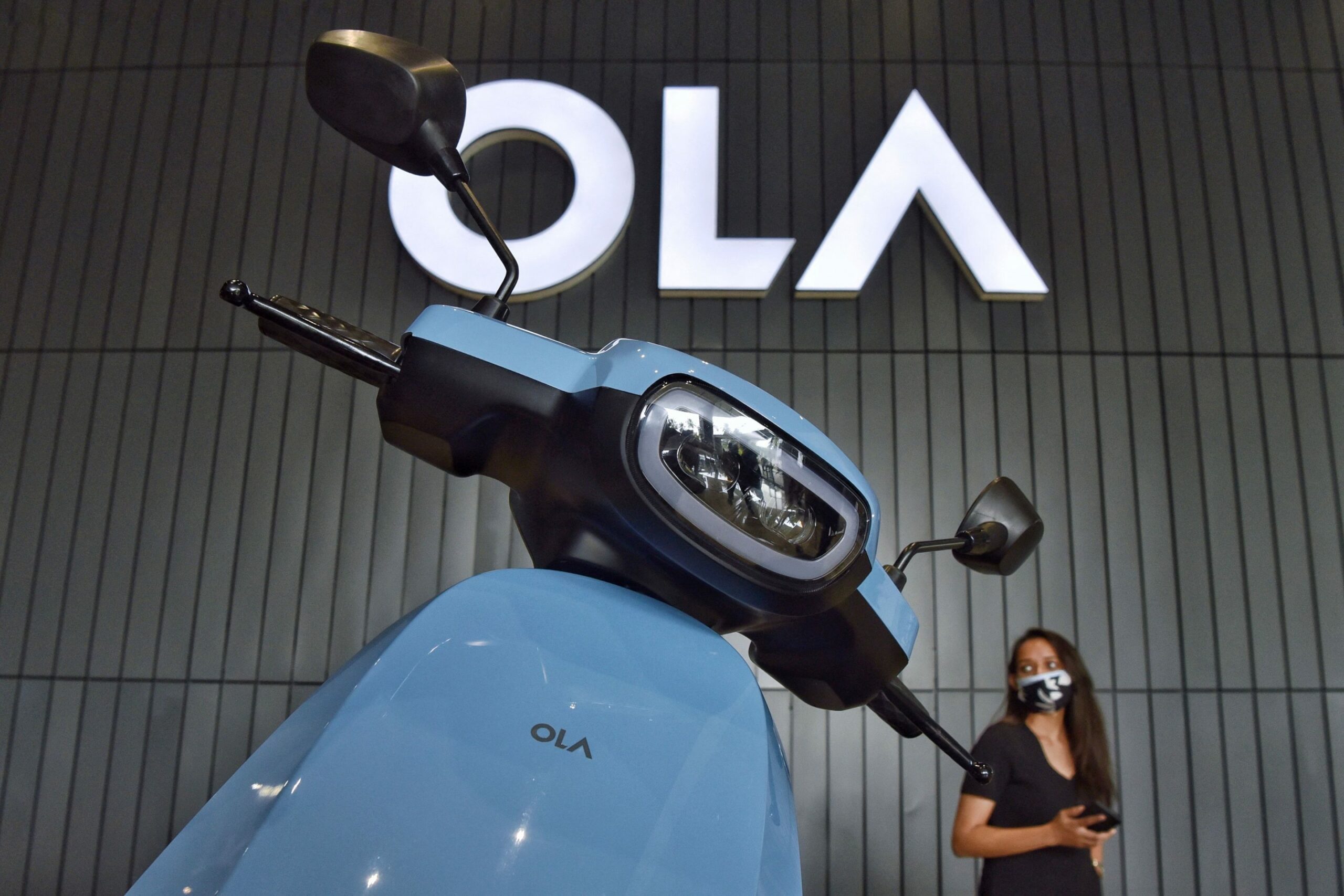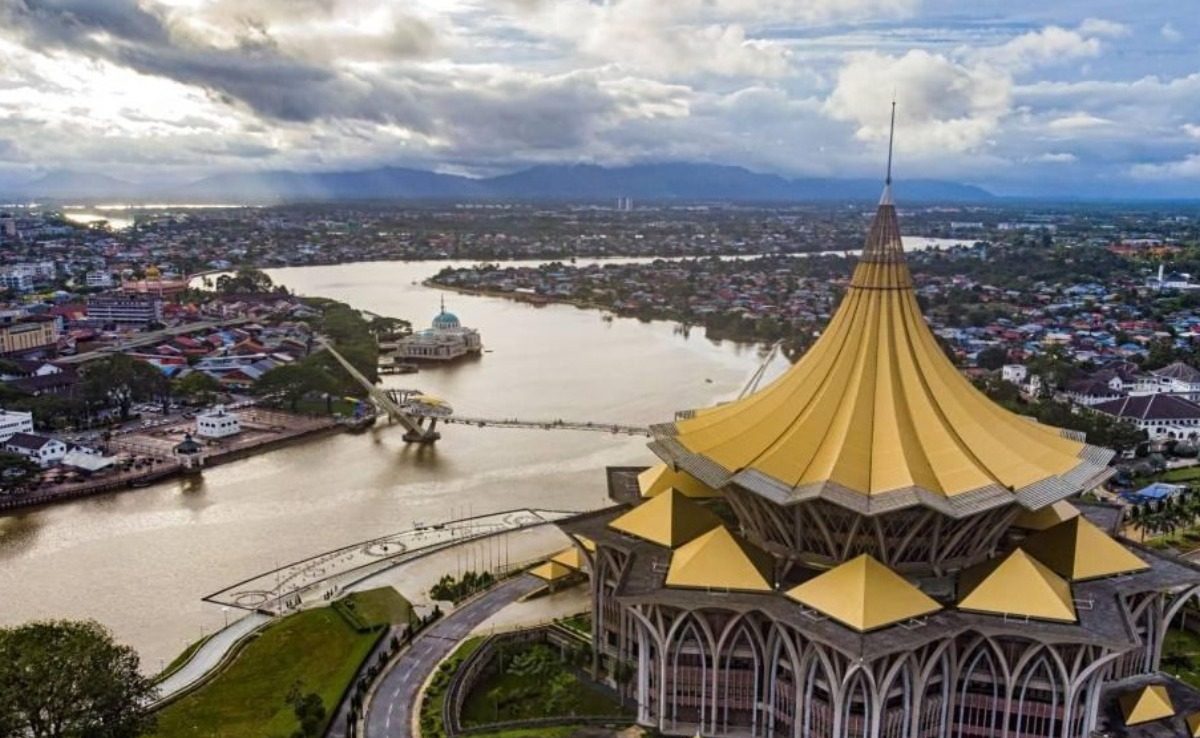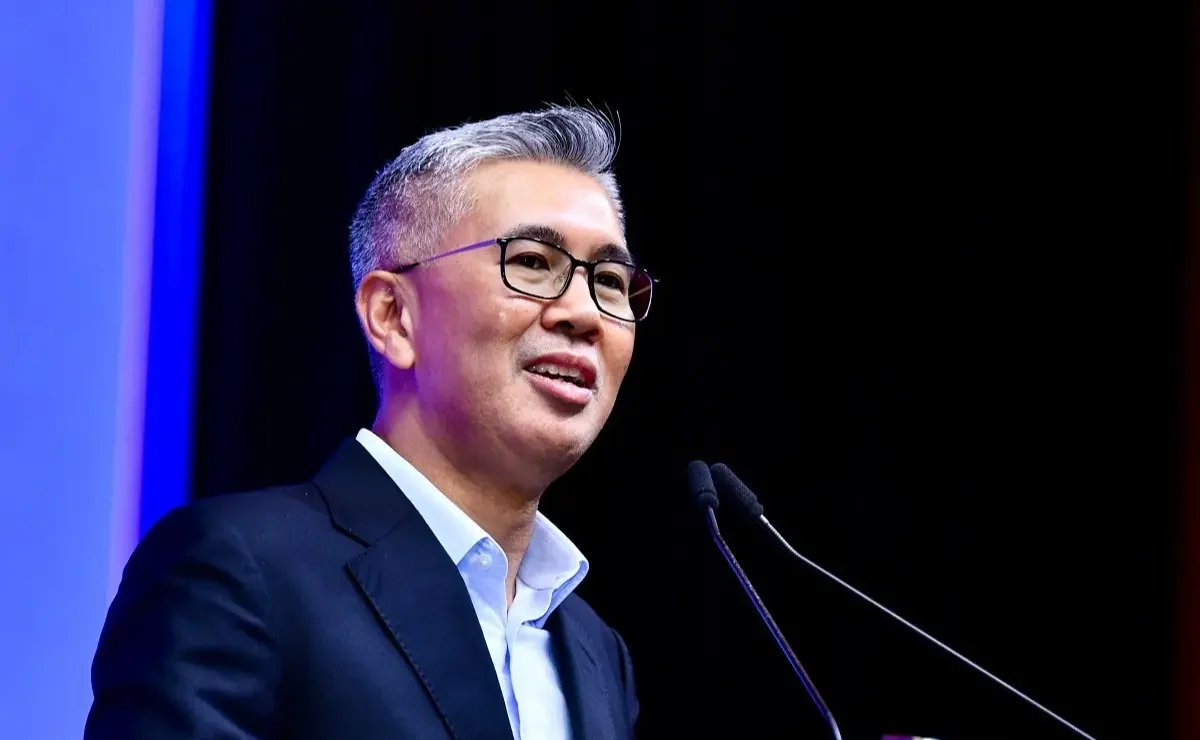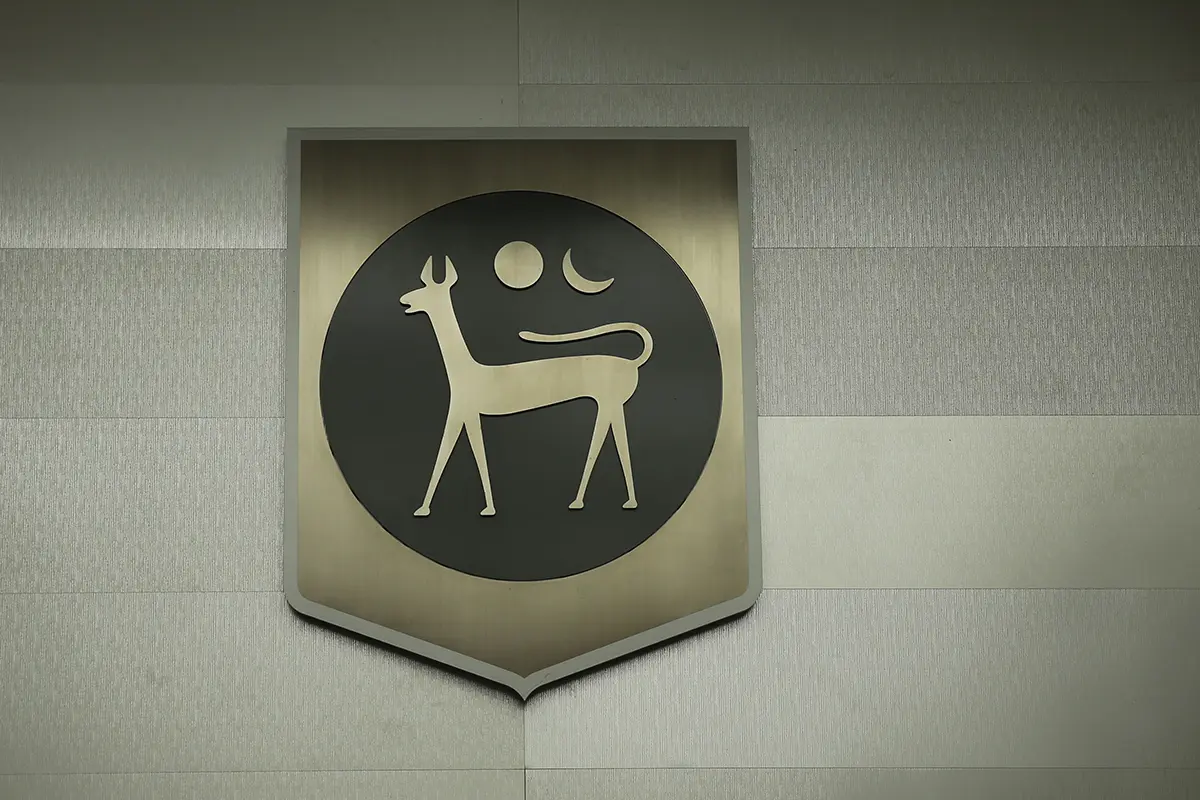Three years ago, Ola Electric Mobility Ltd. was riding a wave of optimism as its electric scooters gained traction across India’s extensive two-wheeler market. At the centre of this surge was co-founder Bhavish Aggarwal, a billionaire entrepreneur who, at the time, was dividing his schedule between India and the United Kingdom.

In Coventry, the historic automotive hub of the UK, Aggarwal launched an R&D facility staffed with designers formerly associated with high-end marques such as Jaguar and Aston Martin. The vision was bold: to develop a homegrown electric car and solidify Ola’s ambition to become the Tesla of India. That vehicle never materialised. Instead, the spotlight turned to Ola’s scooters, which began appearing in viral social media posts—some engulfed in flames, others with critical parts malfunctioning.
Over the past three years, those early technical failures have cascaded into widening financial losses, increasing regulatory pressure and a shrinking market footprint. The company, backed by Japan’s SoftBank Group Corp., has come to exemplify the risks of overcapitalisation and speed-to-market strategies that outpace product readiness.
Less than 12 months after its high-profile listing, Ola has emerged as 2025’s worst-performing stock on India’s BSE 500 and NIFTY Midcap 100 indices. Shares have dropped nearly 52% this year, prompting the 39-year-old CEO into urgent damage-control efforts.
“Building in India takes patience, focus and constant iteration—especially when you’re trying to create a new category,” remarked Kunal Khattar, founder of early-stage investment firm AdvantEdge. “Too much capital before product-market fit can do more harm than good.”
Ola declined to comment for this article.
Post-IPO Reckoning for India’s Startups
Ola’s current predicament is indicative of broader challenges facing India’s once-lauded startup ecosystem. Many companies that thrived during the funding boom until early 2022 have since seen their valuations slashed or business models falter.
Byju’s, the prominent edtech firm, is now engulfed in legal disputes and a liquidity crisis. PharmEasy has suffered a near-90% drop in valuation, and Oyo’s long-anticipated IPO has encountered repeated delays. Meanwhile, BluSmart—India’s largest EV-only ride-hailing service—halted operations abruptly earlier this year.
Six years ago, a $250 million seed investment from SoftBank transformed Ola into India’s first EV unicorn, despite having no commercial product at the time. Matrix Partners India and Tiger Global were among the early backers, encouraged by Aggarwal’s prior success with Ola Cabs.
Ola Electric promised one million EVs on Indian roads by 2022 and the construction of a gigafactory with an annual production capacity of 10 million e-scooters. In 2020, Aggarwal acquired Dutch startup Etergo BV for €3.75 million to access its AppScooter blueprint—though it had never been commercially deployed.
Initial deliveries of the reworked model, the Ola S1, commenced just over a year later. However, the product was launched at scale without full adaptation to India’s infrastructure and climate, leading to widespread quality issues.
Engineering Shortfalls and Quality Concerns
According to multiple sources familiar with the matter, Ola’s early scooters were hastily modified from Etergo’s designs, originally intended for European city usage at modest speeds. Ola doubled their performance specifications, added heavier batteries and overhauled software—without adequate durability testing.
The flaws became evident by mid-2022, with reports of battery fires and substandard parts surfacing across Indian media. Internally, cost-cutting and makeshift fixes were preferred over long-term solutions, say former employees. At its peak last year, Ola was managing 80,000 customer complaints per month and facing extensive warranty-related losses.
Production issues plagued the launch of the S1 Air model in 2023, with reports of structural defects, ill-fitted frames and inconsistent finish quality. Aggarwal spent weeks on the manufacturing floor in Krishnagiri—drawing parallels to Tesla’s so-called “production hell” in 2017—in an attempt to stabilise output.
Although a second generation of scooters was launched, cost-driven engineering changes introduced new problems. Cheaper hub motors, for example, have proven vulnerable during India’s monsoon season.
Ola’s market share has plummeted from 46% in June 2024 to below 20% in mid-2025, according to government registration data.
Mounting Financial and Reputational Pressures
The company’s losses for the year ending 31 March surged 43% to ₹22.5 billion, according to Kotak Institutional Equities. Ola’s standing as an Original Equipment Manufacturer (OEM) has been further damaged by regulatory scrutiny, including showroom raids and show-cause notices for non-compliance with Indian transportation norms.
Aggarwal’s social media presence has also been counterproductive. Public exchanges, including one with a local comedian and premature declarations of showroom expansions, have drawn the ire of regulators.
Investors have responded accordingly. In June, Hyundai Motor Co. and Kia Corp. offloaded a combined 136 million Ola shares, while Matrix Partners and SoftBank have trimmed their stakes since the company’s August listing.
In an effort to strengthen the balance sheet, Ola’s board approved a ₹17 billion loan in May. However, Aggarwal has reportedly paid ₹200 million to cover a collateral top-up after the stock slump impacted his pledged shares—8% of his stake is currently encumbered.
Internally, cost-cutting measures have intensified. Over 1,000 employees and contractors were let go earlier this year, with further undisclosed layoffs and attrition following. Entire departments, such as product planning, have been eliminated. Vendor payments and bonuses are reportedly months overdue.
Pivot to the Ola Roadster and New AI Venture
Hoping to revive growth, Ola has launched a premium electric motorcycle, the Roadster. Deliveries began in May, though only a small number have reached customers. As of February, the order count remained under 2,000. Production has been hampered by tooling delays and a charging system flaw, according to internal sources.
While Ola Electric battles declining investor confidence, Aggarwal is simultaneously investing in a new artificial intelligence venture, Krutrim, which reached a $1 billion valuation in 2024 following a funding round involving Matrix Partners. In a February post, he announced ₹20 billion in capital raised, with plans to secure ₹100 billion more by 2026.
Promising to build an indigenous AI computing stack for India, Aggarwal claimed Krutrim would “innovate alongside the world” and compete with global leaders in the sector.
For Ola, however, the urgency to restore credibility and turn a profit remains critical. Time is no longer on its side.






